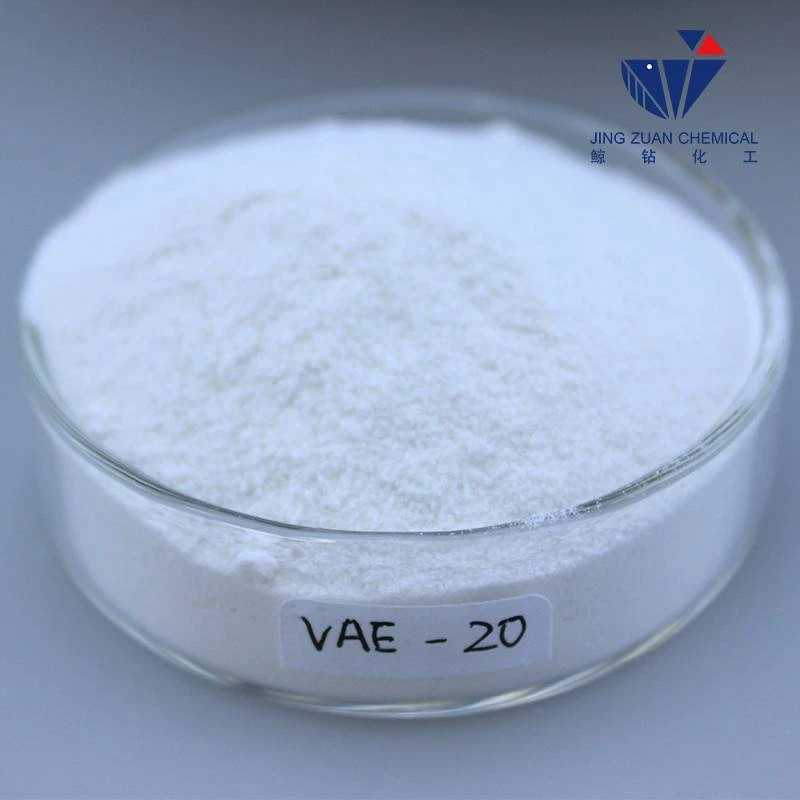
Dec . 15, 2024 19:24 Back to list
HPMC Solubility in Various Organic Solvents for Enhanced Pharmaceutical Applications
HPMC Solubility in Organic Solvents An Overview
Hydroxypropyl Methylcellulose (HPMC) is a widely used cellulose derivative that serves various functions in pharmaceutical, cosmetic, and food industries. Its properties make it an essential excipient, capable of modifying viscosity, stabilizing formulations, and acting as a film-forming agent. While HPMC is generally soluble in water, understanding its solubility in organic solvents is crucial for many applications, particularly in drug formulation, coating technologies, and controlled-release systems.
HPMC solubility varies significantly with the molecular substitution of the hydroxypropyl and methyl groups. This variation is a determinant factor influencing its interactions with organic solvents. Generally, HPMC is characterized by its amphiphilic nature, meaning it has both hydrophobic and hydrophilic regions, which allows it to interact with a range of solvents. However, its solubility in organic solvents is typically limited compared to that in water.
HPMC Solubility in Organic Solvents An Overview
On the other hand, non-polar solvents exhibit a lower ability to dissolve HPMC. Solvents such as hexane or toluene do not effectively interact with the polymer due to their lack of polar characteristics, leading to minimal solubility. Consequently, HPMC is predominantly soluble in mixed solvents or systems where polar components are present in conjunction with non-polar elements, allowing for the establishment of a favorable balance.
hpmc solubility in organic solvents

Thermal conditions also play a significant role in the solubility of HPMC in organic solvents. An increase in temperature often promotes the dissolution process, enhancing the molecular mobility of the polymer chains, thereby allowing for better interactions with solvent molecules. However, the degree of this effect can vary based on the type of solvent used and the specific grade of HPMC, which can possess differing levels of molecular weight and substitution ratios.
In pharmaceutical applications, the solubility of HPMC in organic solvents can influence drug release profiles. By utilizing HPMC in conjunction with suitable organic solvents, formulators can create desirable drug delivery systems that promote the controlled release of active pharmaceutical ingredients. Such systems take advantage of HPMC’s gel-forming capabilities when mixed with organic solvents, which can be key in achieving sustained-release formulations.
Moreover, understanding HPMC solubility is essential in coating applications. When designing films for tablets or other dosage forms, knowing how HPMC interacts with various solvents facilitates the selection of appropriate materials and processes for film formation. This knowledge allows for the optimization of coating properties, such as permeability and dissolution rates, influencing overall product performance.
In conclusion, the solubility of HPMC in organic solvents is a multifaceted topic that warrants careful consideration in various applications. Its solubility is largely dictated by the solvent’s polarity, the thermal conditions, and the precise characteristics of the HPMC used. As research progresses, a deeper understanding of these interactions will continue to pave the way for innovative uses and formulations that leverage the unique properties of HPMC in both pharmaceutical and industrial applications.
-
Versatile Hpmc Uses in Different Industries
NewsJun.19,2025
-
Redispersible Powder's Role in Enhancing Durability of Construction Products
NewsJun.19,2025
-
Hydroxyethyl Cellulose Applications Driving Green Industrial Processes
NewsJun.19,2025
-
Exploring Different Redispersible Polymer Powder
NewsJun.19,2025
-
Choosing the Right Mortar Bonding Agent
NewsJun.19,2025
-
Applications and Significance of China Hpmc in Modern Industries
NewsJun.19,2025







